Queen Elizabeth II: The longest-reigning monarch in British history
Her Majesty oversaw 15 prime ministers and was devoutly dedicated to both country and Commonwealth
Queen Elizabeth II was the longest-reigning monarch in British history and figurehead of the nation for over 70 years. She celebrated her silver jubilee in 1977, her golden jubilee in 2002, her diamond jubilee in 2012 and her platinum jubilee this year.
She was born on 21 April 1926 at 17 Bruton Street, London, the home of her maternal grandparents, the Earl and Countess of Strathmore. Her father, Albert, Duke of York, was the second son of King George V; her mother, Elizabeth, Duchess of York, was the former Lady Elizabeth Bowes-Lyon.
Significantly, for a monarch who during her lifetime was to experience greater social and political change than any of her immediate predecessors, her birth took place during the 1926 General Strike. From her early youth, Princess Elizabeth was the most famous child in the world: chocolates, china and hospital wards were named after her, a popular song was composed for her, her face appeared on a Newfoundland stamp and a slice of Antarctica became Princess Elizabeth Land. Yet, at home in the nursery, she developed into an orderly, self-contained, disciplined child, the responsible elder sister to Princess Margaret (born 1930).
Her childhood was happy and secure, with fond parents and the opportunity to indulge her love of dogs and horses. But everything changed when, in December 1936, her uncle, Edward VIII, abdicated in order to marry Wallis Simpson. Princess Elizabeth’s father became king as George VI and she herself heir presumptive to the British throne. The family moved into Buckingham Palace, surrounded by the panoply and restrictions of British royalty.
Princess Elizabeth and her sister spent the duration of the Second World War at Windsor Castle where they were sent for safety as London came under attack from Luftwaffe bombing raids. They were educated in the far from rigorous manner of upper-class children of the day by a governess, Marion Crawford, although Elizabeth, in view of her future role, was taught excellent French and had lessons in British constitutional history from the vice-provost of Eton, Sir Henry Marten (the story goes that the absent-minded Sir Henry, fresh from teaching the boys in the college below the castle, sometimes addressed the future Queen as “gentlemen”).
Her parents saw to it that she met and entertained important visitors such as US first lady Eleanor Roosevelt and General Dwight D Eisenhower, as part of her future training, and on her 16th birthday she took on her first ceremonial role, being installed as honorary colonel of the Grenadier Guards. In the last months of the war, she took a course in the Auxiliary Territorial Service, which involved learning to drive a truck, change its tyres and understand the working of the engine. She prided herself on being a fast, skilful driver.
Princess Elizabeth’s worldwide public debut came at the time of her 21st birthday on 21 April 1947 on her first tour outside England, a state visit with her parents and sister to the Union of South Africa, then still a self-governing dominion and part of the British Empire. The post-war years saw the break-up of the Empire and the beginning of its transformation into the Commonwealth, an association of former colonies and dominions with the British monarch at its head.
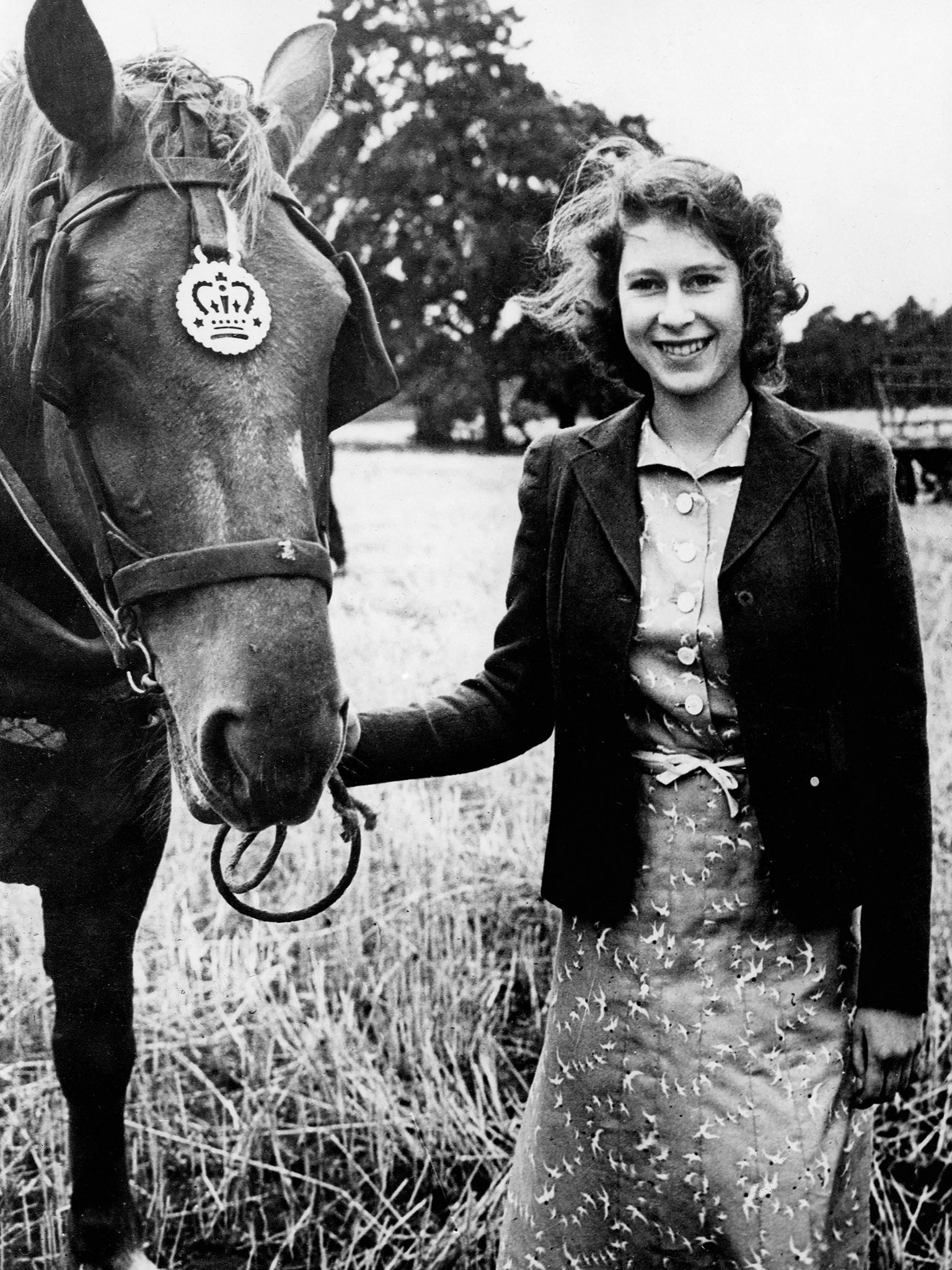
In what was to become her best-known broadcast, the young princess dedicated herself to the service of the Empire and Commonwealth: “I can make my solemn act of dedication now,” she said. “I declare... that my whole life… shall be devoted to your service, and the service of the great imperial family to which we all belong.” The pledge she gave that day remained a constant for her. As head of the Commonwealth, her devotion to the organisation was lifelong.
In November of that same year, she married the former Prince Philip of Greece, who became Duke of Edinburgh. Prince Philip was the son of Prince Andrew of Greece and Princess Alice of Battenberg and related to Princess Elizabeth through both his maternal and paternal bloodlines. Through collateral descendants of George III, he was her fourth cousin once removed. The marriage was the first royal festival in grey post-war Britain, then in the grip of an austerity regime. Winston Churchill called the wedding “a flash of colour on the hard road we have to travel”.
Within a year of her wedding, Princess Elizabeth had given birth to her heir, Prince Charles, born 14 November 1948, and two years later, Princess Anne, born 15 August 1950. For two years, she and her husband enjoyed the freedom of naval life in Malta, where he was a serving officer, but the grave illness of the king brought an end to this brief period of normality. Princess Elizabeth had to deputise for her father on many ceremonial occasions in the summer of 1950 and familiarised herself with state papers.
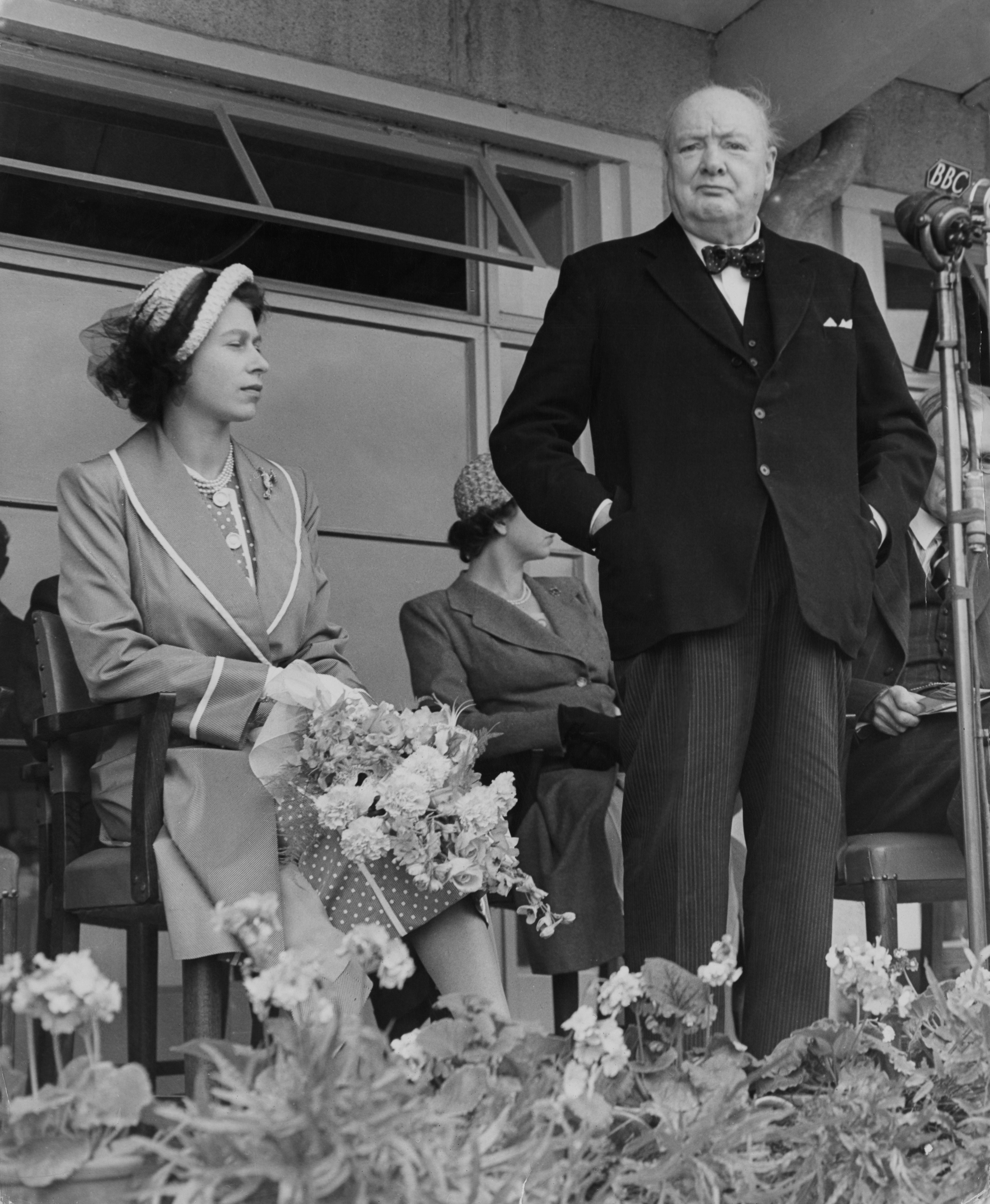
In the autumn of 1951, she and Prince Philip visited Canada and the US for the first time. On that tour, the princess’s private secretary, Martin Charteris, had travelled with the papers covering the princess’s accession under his bed. On 6 February 1952, when the princess and her husband were in Kenya, the king died suddenly in his sleep. His daughter succeeded him as Queen Elizabeth II and was crowned the following year as Queen of the United Kingdom of Great Britain and Northern Ireland, Queen of her other Realms and Territories and Head of the Commonwealth. Her coronation on 2 June 1953 was televised, sparking the beginning of a media revolution as millions in Britain and around the world watched the ceremony. There was huge public enthusiasm for the young Queen who seemed to represent both a link with the historic past and a new future. Churchill, her prime minister at the time, predicted a new Elizabethan age. Bernard Baruch called her “the world’s sweetheart”.
With her handsome husband and two young children, the Queen was held up as a moral example and the idealised representative of family virtues. This concept of the monarchy, which in later years was to rebound against it, was spelt out in 1955 by The Times, then still very much the voice of the establishment, when it thundered against the proposed marriage between Princess Margaret and group captain Peter Townsend, a divorced man:
“Now in the 20th-century conception of the monarchy the Queen has come to be the symbol of every side of life of this society, its universal representative in whom her people see their better selves ideally reflected; and since part of their ideal is family life, the Queen’s family has its own part in the reflection.”
Yet by the popular press at the time, Princess Margaret’s renunciation of Townsend on the grounds of duty and religion was seen as a forced sacrifice to outmoded concepts, which, by implication, included the monarchy.
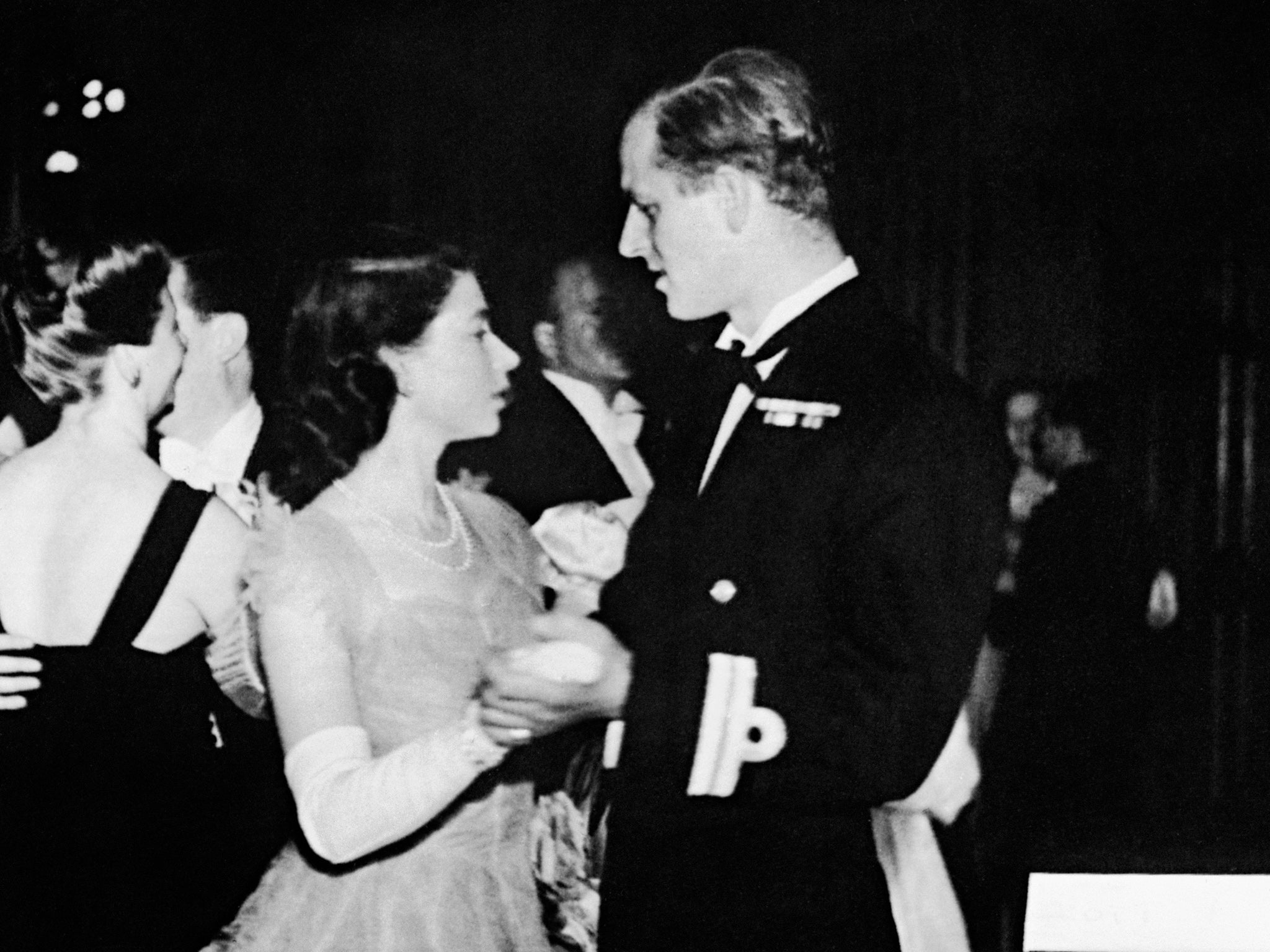
Post-imperial disillusionment with the establishment after the failed Suez expedition in 1956 brought the first criticisms of the court and even the Queen herself. In August 1957, Lord Altrincham attacked the court for being “tweedy”, failing to live with the times and identifying the monarchy with a narrow aristocratic class. The same “second-rate” courtiers were responsible for the “prim little sermons” that the Queen delivered in the style of a “priggish schoolgirl, captain of the hockey team, a prefect and a recent candidate for confirmation”.
No change had taken place in the palace ethos, he (correctly) claimed, since the reign of the Queen’s father. Yet, in the prevailing atmosphere of royal worship, his sentiments caused national outrage and he himself was physically attacked. The broadcaster Malcolm Muggeridge analysed the current passion for the royal family as “the royal soap opera … a sort of substitute or ersatz religion”. He was banned from the BBC. Yet the social revolution that was taking place in late-Fifties and early-Sixties Britain could not fail to have its effect on attitudes towards an unmodernised monarchy. The Queen was shocked when in 1963, for the first time, she was booed by left-wing demonstrators during the visit of Greece’s King Paul and his German wife, Queen Frederika, who were regarded as unacceptably right-wing.
Her quiet self-possession in the face of crisis, her dignity, patriotism, strong sense of duty and utter dedication to what she saw as her job, has earned her a place as one of the great monarchs
The same period saw the diminution of the royal prerogative in one significant area. In constitutional theory, the monarch has the right to appoint the prime minister but, by the end of the 20th century, this exercise of the prerogative had for all practical purposes ceased to exist. A succession of prime ministers offered the Queen little choice. When Churchill resigned in 1955, the fact that Anthony Eden had long been regarded as his political heir apparent, made it inevitable that the Queen would appoint him as his successor.
Two years later, the Queen’s reluctance to enter the political arena left the choice in effect to her private secretary, Michael Adeane, in consultation with ruling Conservative grandees. The Labour Party then announced that parties should decide their own leaders, an option later followed by the Tories in 1965, which, although designed to save the Queen the embarrassment of having to choose between rival claimants to the leadership of a party, effectively removed the element of royal choice. This was prompted by the machinations of Harold Macmillan at the time of his resignation in October 1963 when, determined to block the succession of RA “Rab” Butler, he put forward the candidature of Alec Douglas-Home. The Queen’s acceptance of Macmillan’s scheme to favour the aristocratic Earl of Home over the meritocratic Butler, has been described as the biggest political misjudgement of her reign; she was seen as the instrument of a “magic circle” of Conservative grandees.
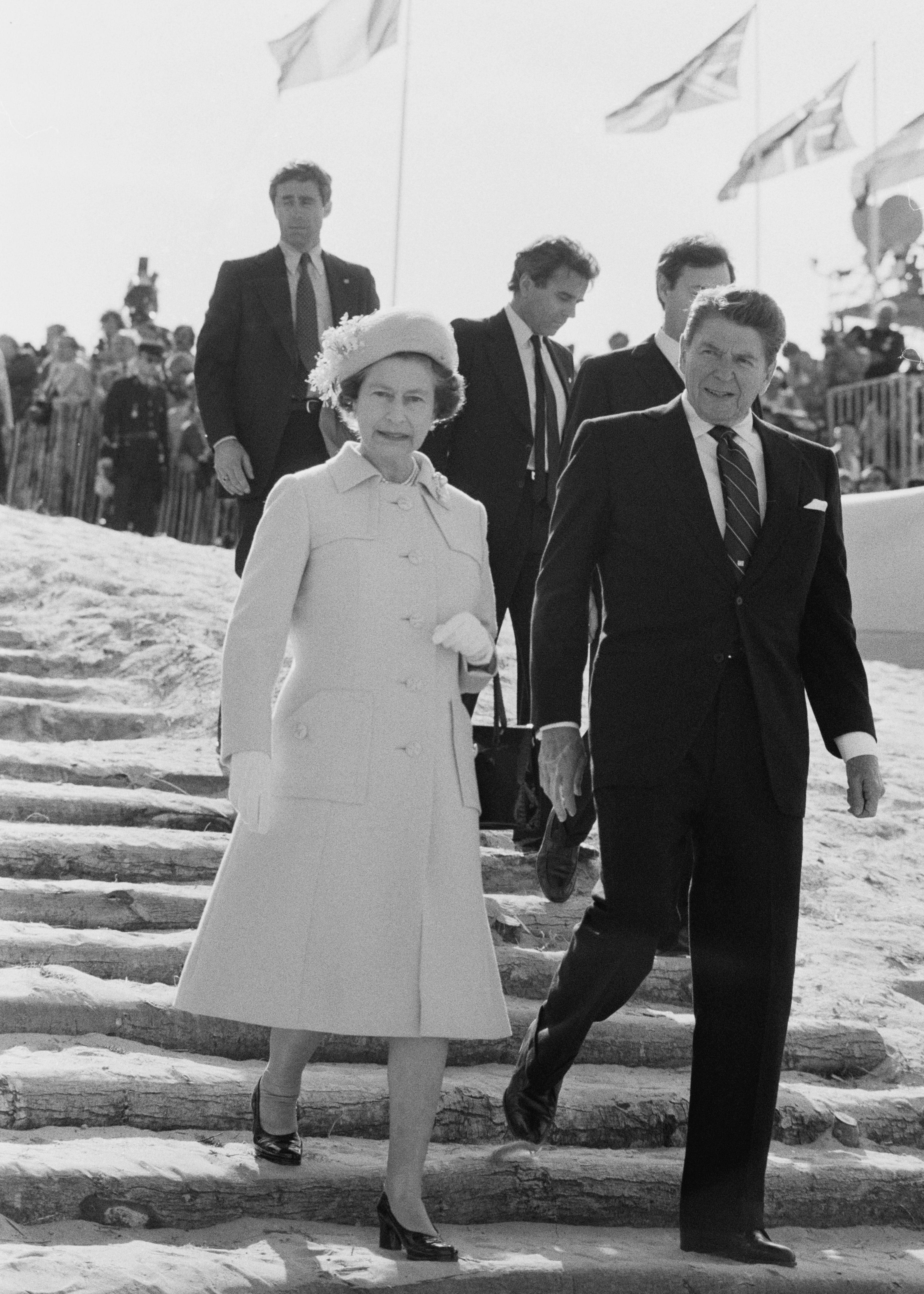
As the Queen’s experience of public affairs grew immeasurably over the long duration of her reign, the most important aspect of her role, “to consult, advise and warn” her prime ministers, did not diminish. During the early years of her rule, her conversations with Churchill often turned on their mutual interest for racing; although the aristocratic, Foreign Office-trained Eden took a more aloof attitude, the Queen was kept informed of all aspects of the Suez Crisis, including the secret agreements with France and Israel to attack Egypt.
Macmillan regarded her with reverence as well as affection, writing her long, informative letters. With her first Labour prime minister, Harold Wilson, her relations were of the warmest and it was largely due to his fondness and respect for her that a potentially damaging crisis over the increase in the royal civil list was avoided in 1975.
Conservative leader Edward Heath, who succeeded Wilson in 1970, displayed an undisguised disrespect for the Queen’s cherished Commonwealth and downplayed her overseas role – effectively blocking her attendance at the Commonwealth conference in Singapore in 1971 because of member state attitudes on the question of arms to South Africa.
It was gradually becoming a truism that the Queen got on better with Labour leaders than Conservative ones. James Callaghan, another “old Labour” stalwart, had the utmost respect for the Queen’s good sense in politics and world affairs, but the Commonwealth was once again a source of disagreement when Margaret Thatcher became Conservative prime minister, principally over the question of sanctions against South Africa. Thatcher was, nonetheless, the most loyal of prime ministers, even though it could be said that her assault on the established institutions of Britain turned unfavourable attention on the monarchy.
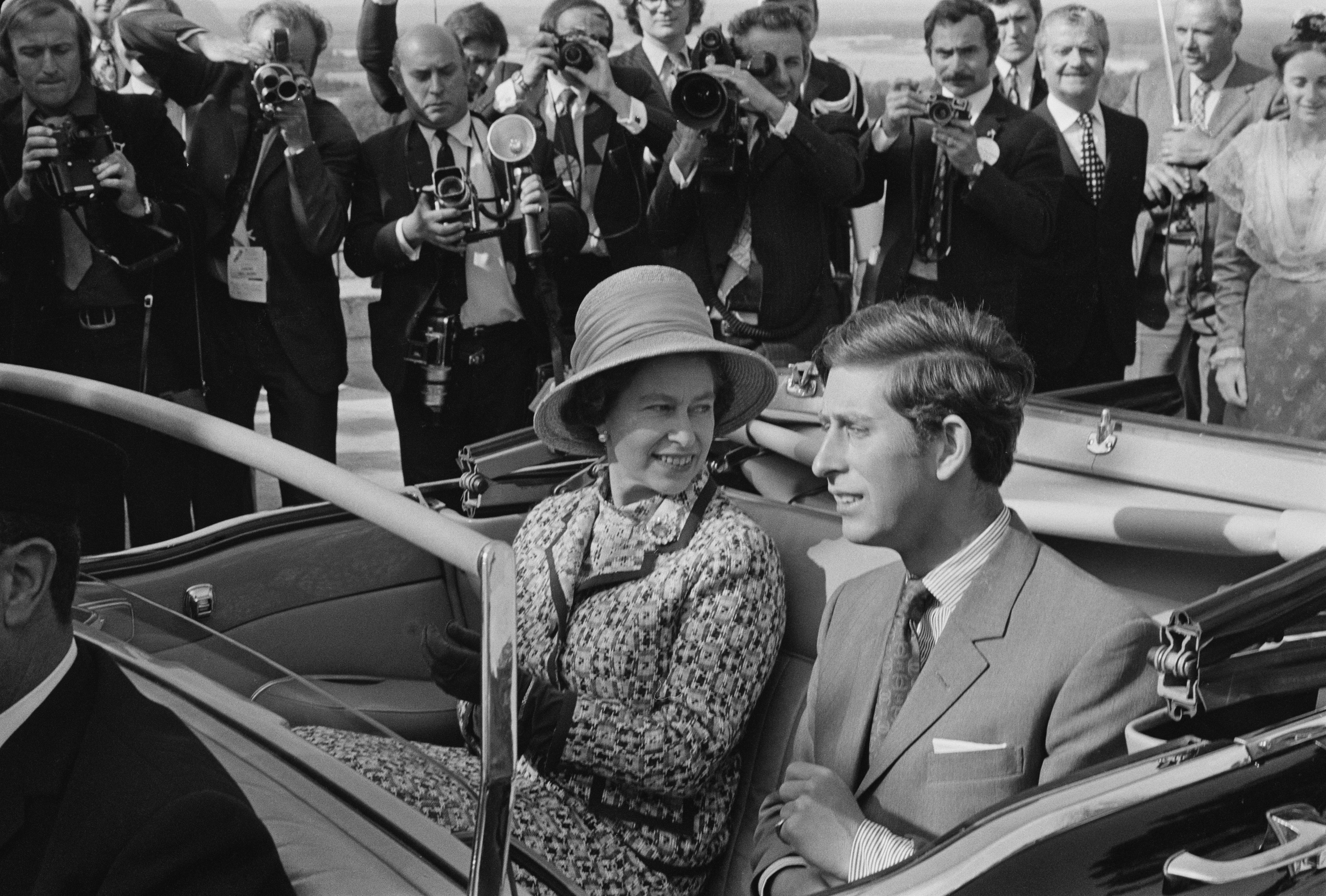
John Major, although instinctively loyal, was prime minister through some of the most difficult years the monarchy had yet endured. It was his unfortunate task to have to announce the separation of Prince Charles and Diana, Princess of Wales, and to preside over the controversy that resulted in the Queen’s agreement to pay income tax. He did little to forestall the decommissioning of the royal yacht Britannia, which took place in December 1997 during the first year of his successor, Tony Blair. Although the Queen accepted the decision with her usual pragmatism, she mourned the loss of a yacht that had provided her with so many happy memories. In retrospect, many people now think the decision a mistake, for security as much as ceremonial reasons, and that it would have been better to commission a new yacht that could be shared with the government.
Blair continued the tradition of consultation despite the somewhat presidential style of his premiership, and the tendency of the press to refer to his wife Cherie Blair as “the first lady” epitomised the republican leanings of New Labour by her refusal to curtsey to the Queen (who is said to have remarked: “I can see her knees stiffening when I come into the room”). Blair, with his own disregard for tradition, changed the established routine weekly audience with the Queen from Tuesday to Wednesday but the Queen let it be known that she was unmoved by the change and the palace and No 10 cooperated smoothly in the anxious period following the death of Diana. There was a slight ruffling of feathers when Blair demanded a more prominent role than was traditionally assigned to the prime minister on the occasion of the funeral of the Queen Mother in 2002, a battle that, for once, Blair failed to win.
Gordon Brown was fondly received by the Queen when he moved from chancellor of the Exchequer to succeed Blair in No 10 in 2007, Her Majesty always retained a warm affection for Scots, having found sanctuary at Balmoral in times of trial throughout her life. His departure after an unhappy three years later marked the only time the royal met with a prime minister’s whole family, including Brown’s young children.
He was succeeded in turn by David Cameron, who as a boy had attended Heatherdown, the same exclusive boarding school as the Queen’s youngest son Prince Edward and even co-starred in a school production of Toad of Toad Hall alongside his royal classmate. However, Her Majesty had always made a principle of staying above the political fray, as far as possible, and was ever reluctant to intervene in such portentous matters of state as the Scottish independence referendum or Brexit, even if she privately held strong feelings about them.
The image of the Queen’s family as an ideal, which had been so assiduously promoted, imploded spectacularly with the successive scandals and divorces of the royal children in the 1990s
It was Cameron who embarrassed her on these grounds when he was recorded in September 2014 reporting that she had “purred” when he had told her Scotland had narrowly voted against breaking away from the UK. Relations were much steadier with the industrious but battle-scarred Theresa May but rocky again with her 14th prime minister, Boris Johnson, who, like Cameron, compromised her steady record of impartiality when he drew her into the political mire against her will by requesting the proroguing of parliament ahead of a key deadline in British negotiations with the Europe Union in October 2019.
But undoubtedly the most difficult problem Queen Elizabeth II faced in recent decades was the monarchy’s relationship with Britain’s increasingly voracious media. Compared to the adulation of the Fifties, the mood of the Sixties was one of satire and indifference. The monarchy responded at the time with a popularity campaign, of which the most memorable artefact is the television documentary The Royal Family (1969), which, for the first time, presented the Queen and her children – of which there were now four, Prince Andrew being born in 1960 and Edward following in 1964 – as human beings. Hugely popular at the time, the film was later criticised for destroying the mythic aspects of monarchy and “letting daylight in upon the magic”.
The public began to react to this presentation of the royal family with increasing interest, which reached the point of obsession with the “fairytale marriage” of Prince Charles to Lady Diana Spencer, a world media event in 1981. Princess Anne’s marriage to officer and fellow horseman, Captain Mark Phillips, in 1973, had also been the occasion for a royal show, as was the Duke of York’s marriage to Sarah Ferguson in 1986.
But the image of the Queen’s family as an ideal, which had been so assiduously promoted, imploded spectacularly with the successive scandals and divorces of the royal children in the 1990s. Andrew Morton’s 1992 book, Diana, Her True Story, revealed the “fairytale” to be a sham of bitterness and adultery, offering a view of the royal family as “dysfunctional”. The Queen herself described 1992 as her “annus horribilis”, the revelations of the Morton book followed by the publication of compromising photographs of the Duchess of York and a devastating fire that ravaged Windsor Castle that November.
Public reaction – prompted by a debate about the cost of the monarchy and the revelation that the Queen, alone among her subjects, did not pay income tax – was that she should pay for the damage herself. When it was announced that the Queen had agreed to pay tax on her private fortune, it played as if she had been forced into it by events, although negotiations had in fact been under way for months.
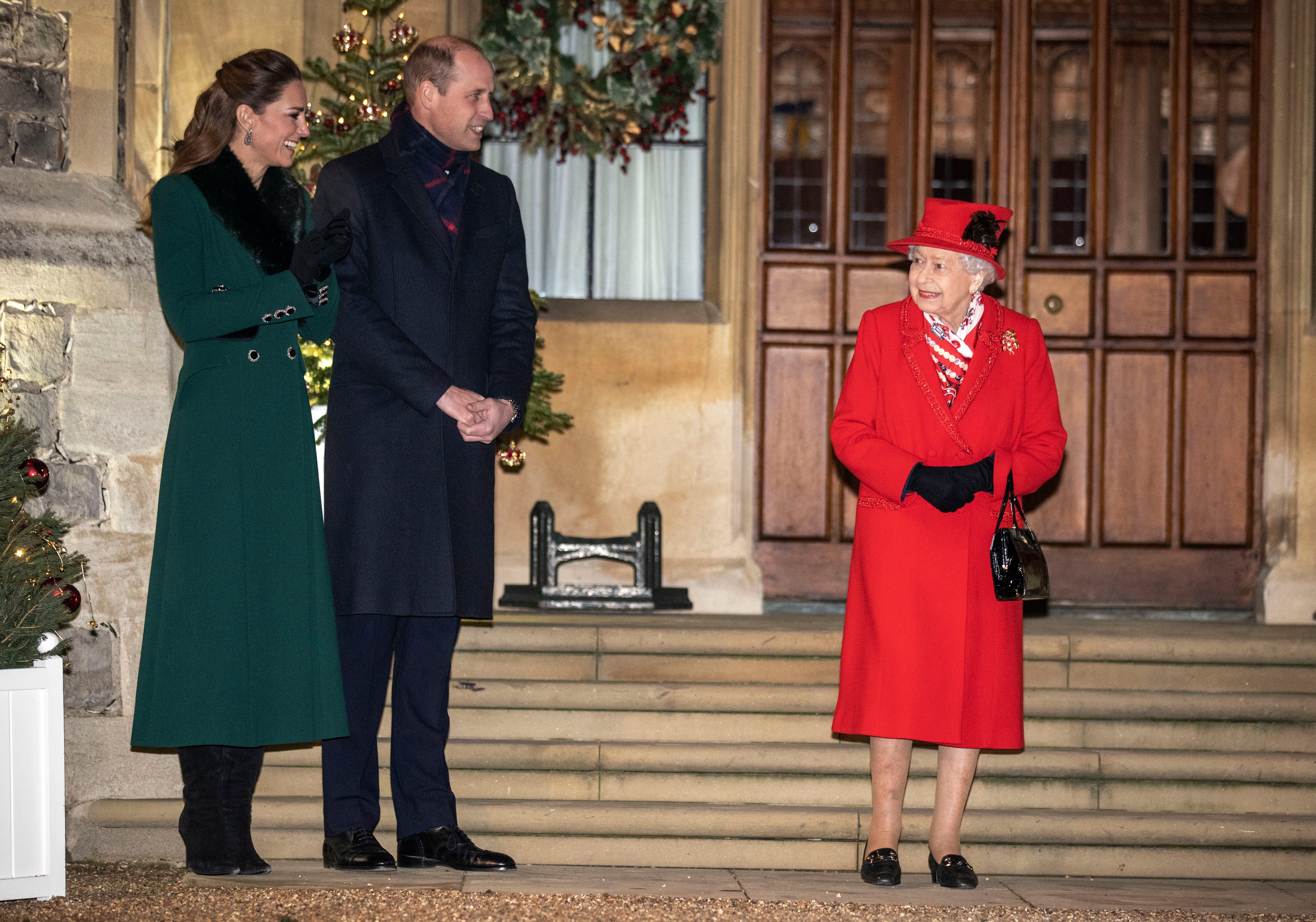
The break-up of Charles and Diana’s marriage was accompanied by a media war between the estranged couple that was highly damaging to the public image of the monarchy. In 1994, the Prince of Wales revealed in a television profile that he had committed adultery “after the irretrievable breakdown of his marriage”; the programme was accompanied by an authorised biography by broadcaster Jonathan Dimbleby, in which the Queen was portrayed as a remote mother and the Duke of Edinburgh as an unsympathetic, bullying father. In November 1995, Diana retaliated with an emotional BBC Panorama interview with Martin Bashir in which she also admitted adultery and informed the public of her opinion that Prince Charles would never be king.
The Queen, convinced that for the sake of the monarchy and the couple’s children – the two princes, William and Harry – the war must be brought to an end, wrote to each party ordering them to divorce. The separation was duly finalised in August 1996. Under the terms of the divorce, Diana was stripped of her HRH title, a decision for which the Queen was heavily criticised, although in fact this solution had originally been offered by Diana herself. The situation was further complicated by the announcement that, despite the loss of her title, the princess would continue to be regarded as a member of the royal family. It was noted, however, that her name was dropped from the traditional church prayers for the family. Just over a year later, on 31 August 1997, Diana, Princess of Wales, was killed in a Paris car crash with her lover, Dodi Fayed, after being pursued by a pack of paparazzi on mopeds.
The impact of her death on the British monarchy was even more revolutionary than her life had been. For a moment, it seemed to observers that the dynasty was tottering. The tragedy channelled a current of hostility towards the royals, who members of the public and press corps regarded as culpable for their rejection of her. The Queen, characteristically cautious and reluctant to depart from tradition, was pressed by advisers and Blair’s Labour government into overt gestures, including a broadcast acknowledging Diana’s contribution and example.
The late princess’s brand of royal behaviour, her glamorous yet caring image, her habit of reaching out to the people over the heads of officialdom, set a new standard for the popular concept of the monarchy that her sons would soon follow. Since her tragic death, Buckingham Palace has worked hard to modernise itself and reduce its cost to the public. The Queen has subsequently come to be seen as less aloof and more approachable, her activities now more likely to take in a visit to a pub or tea with a family in public housing. After the recent troubles her family had undergone, the unexpectedly warm reaction from the public to the Queen’s golden jubilee in 2002 reaffirmed the real love and respect in which she was held.
The late princess’s brand of royal behaviour, her glamorous yet caring image, her habit of reaching out to the people over the heads of officialdom, set a new standard for the popular concept of the monarchy that her sons would soon follow
But Diana’s memory continued to haunt the monarchy. In November 2002, the prosecution of her former butler, Paul Burrell, for theft of her possessions was sensationally abandoned when the Queen told the Prince of Wales that she remembered a conversation she had had with Burrell (formerly one of her footmen) in which he had told her he was keeping Diana material in order to preserve it. The case had engendered much bad publicity, principally aimed at the Prince of Wales himself.
Meanwhile, the “Camilla Question” over his long-standing relationship with aristocrat Camilla Parker Bowles continued to agitate the public. The Queen, who had studiously refrained from taking sides during her son’s earlier marriage troubles, was cautious in her public acceptance of Parker Bowles even after she moved into Clarence House, the home of the Prince of Wales since the death of his grandmother, the Queen Mother. In April 2005, when the prince finally married Parker Bowles in a registry office ceremony at Windsor Guildhall, the Queen, mindful of her position as supreme governor of the Church of England, did not attend. She was present at the subsequent service of blessing in St George’s Chapel and hosted a reception for the couple at Windsor Castle, at which she indicated her joy that the prince was finally “home and dry”.
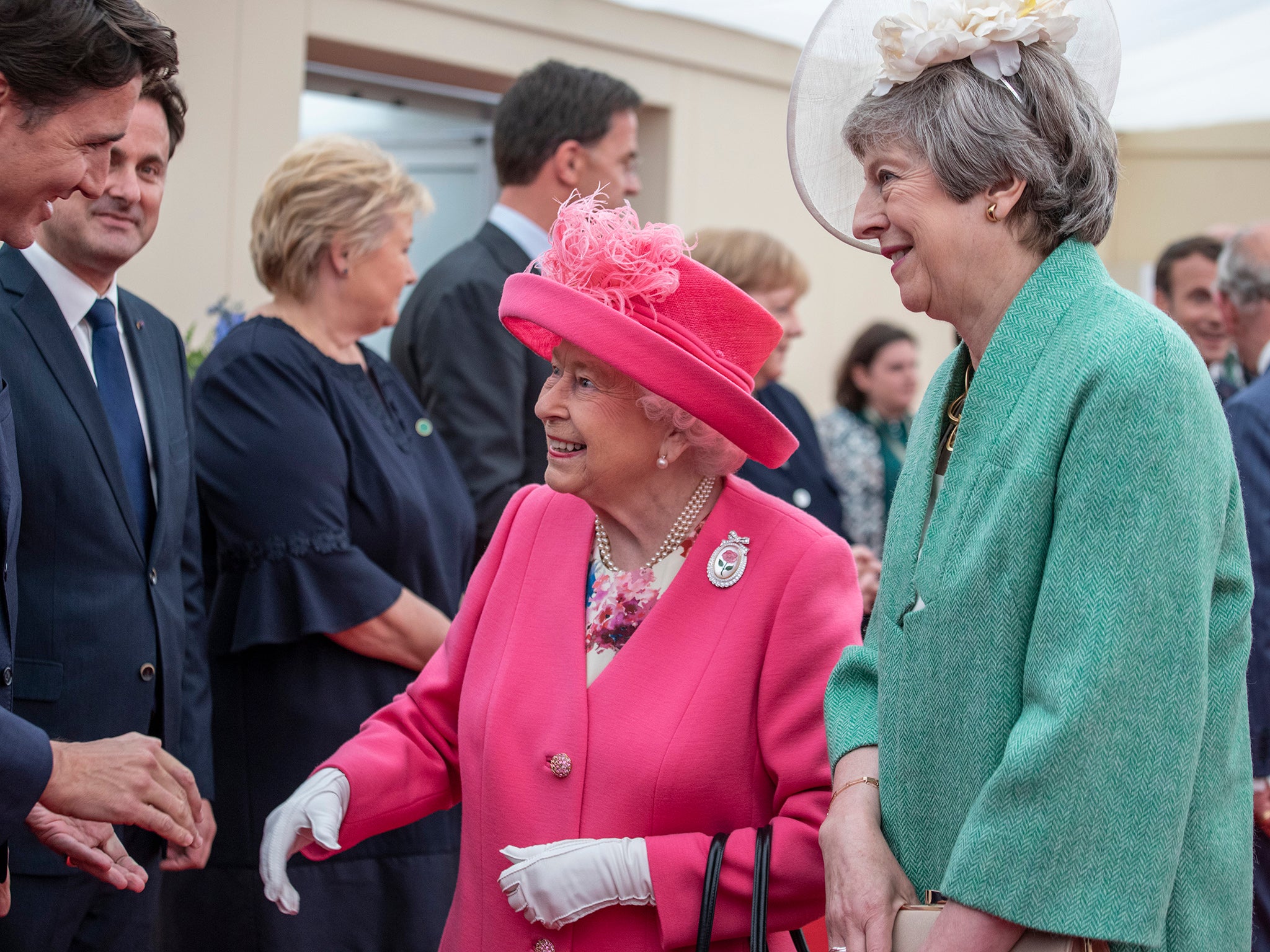
Public interest in the royals thereafter fell on Charles and Diana’s sons, princes William and Harry, raised under the watchful eye of their grandmother. William, the Duke of Cambridge, attended Eton College and the University of St Andrews in Scotland, where he met the fellow student who would become his wife, Kate Middleton. The prince, second in line to the throne, then trained at Sandhurst, served with the Blues and Royals, graduated from RAF Cranwell in 2008 and flew as a pilot with RAF Search and Rescue Force thereafter.
He married Middleton on 29 April 2011 at Westminster Abbey, the site of his grandmother’s own marriage to Prince Philip and her coronation in 1953, an occasion of considerable public excitement. The Cambridges have since had three children: Prince George, Princess Charlotte and Prince Louis. Charlotte, in particular, is the spitting image of her famed great-grandmother.
William’s brother, Prince Harry, led a similar early life to the sibling with whom he shared a profound grief for their mother, likewise attending Eton and Sandhurst and joining the Blues and Royals, serving in Afghanistan’s dangerous Helmand province between 2007 and 2008 and returning for a second 20-week deployment four years later. Like William, Harry is the patron of a number of charitable organisations and is known for launching the Invictus Games in 2014. He too married in a lavish traditional ceremony – this time at Windsor, like Charles, on 19 May 2018 – but his bride, the American actor Meghan Markle, suffered a torrid time at the hands of Britain’s tabloid press, especially compared with the reliably adoring coverage meted out to her sister-in-law, the Duchess of Cambridge.
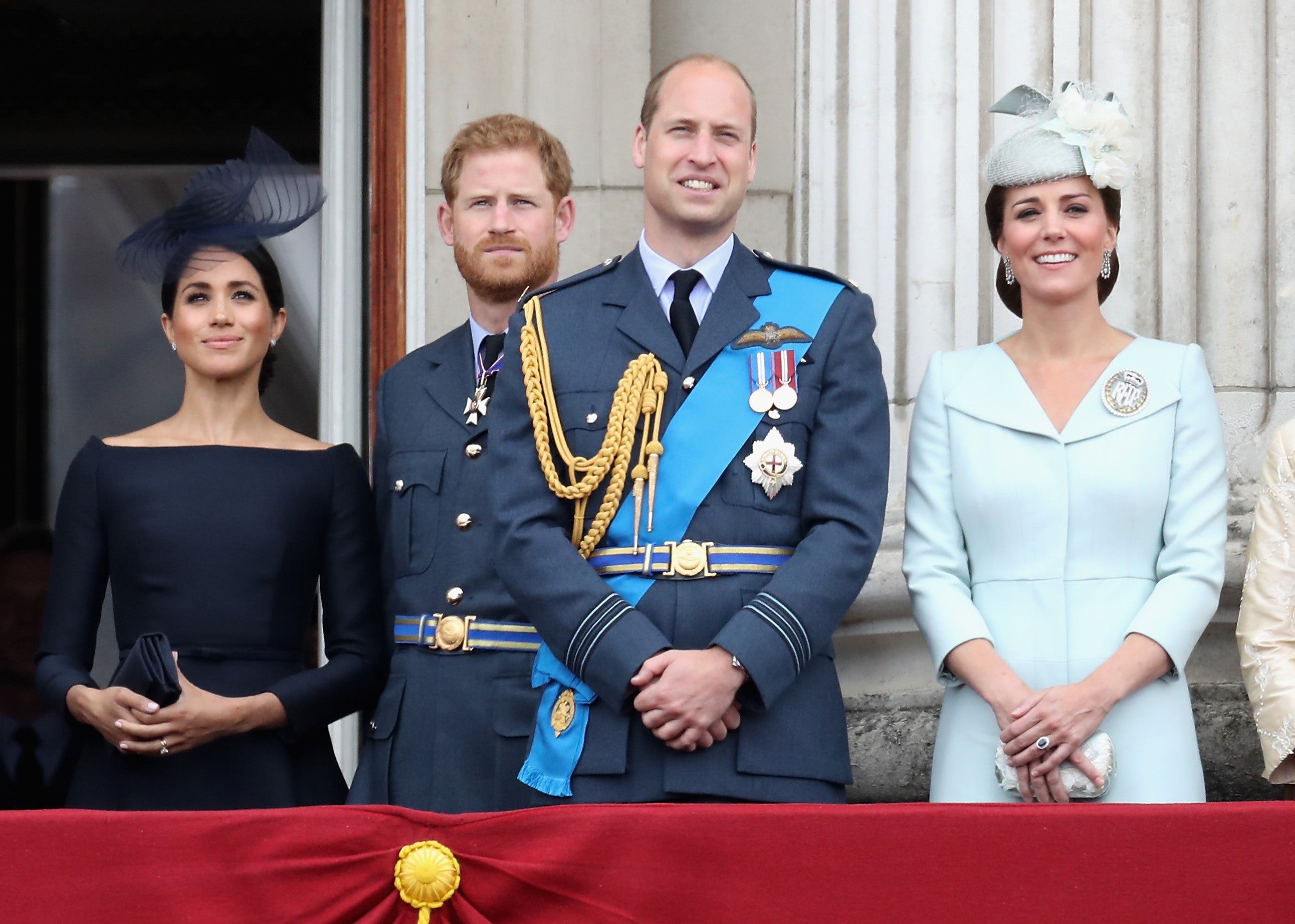
Subjected to the same intense interest as Harry’s mother had been in the 1980s, the new Duchess of Sussex was clearly uncomfortable with the formal duties of her role – despite friendly overtures from the Queen herself, who was once filmed lending her granddaughter-in-law a blanket on a public outing together in Cheshire. The couple duly announced in January 2020 that they would be stepping away from the royal family and relocating to California to live as private citizens.
The decision saw Markle labelled a second Mrs Simpson and was mockingly referred to as “Megxit” in the press but provoked serious questions about the future of a dynasty the Queen had spearheaded for so long (at a time when the sympathetic Netflix drama The Crown was doing much to remind the public of her decades of service and self-sacrifice). Harry himself threatened to widen the rift by making negative comments about the Commonwealth’s “uncomfortable” past during a July 2020 discussion with youth leaders about the Black Lives Matter movement, causing upset to his grandmother who never lost faith in the value of that organisation as a force for international unity and considered it her life’s work to have upheld the alliance of nations after decolonisation.
The situation further intensified when Harry and Meghan gave an extensive televised interview to the American broadcaster Oprah Winfrey on 7 March 2021 in which they made a series of allegations about cruelty and intolerance among the Windsors, including that the duchess had been denied access to mental health support and subjected to racist remarks concerning her infant son Archie. This too had uncomfortable echoes of Diana’s infamous Panorama interview a generation earlier.
The death of the Queen’s husband, Prince Philip, the Duke of Edinburgh, at the age of 99 struck on 9 April 2021 and deprived Her Majesty of a companion who had stood by her loyally over an extraordinary 74 years of marriage. The Queen’s consort was known for his often off-colour public remarks but rightly celebrated as a singular and lively individual keenly committed to the issues he cared about, not least his beloved wife. Without his devotion and good humour behind the scenes, it is questionable whether she could have led the country as formidably as she did – the Queen rarely, if ever, cancelled a public appearance or succumbed to illness and demonstrated her skill during the coronavirus pandemic when, at 94, she gave a televised address to reassure the public and call for a spirit of togetherness. It was only very belatedly that signs of frailty emerged in the use of a walking stick at two back-to-back public engagements and an unusual overnight stay in hospital, which forced her to pull out of a trip to Northern Ireland. Prince Charles standing in for her at the State Opening of Parliament in May 2022 gave the public its first glimpse of a future without her at the helm.
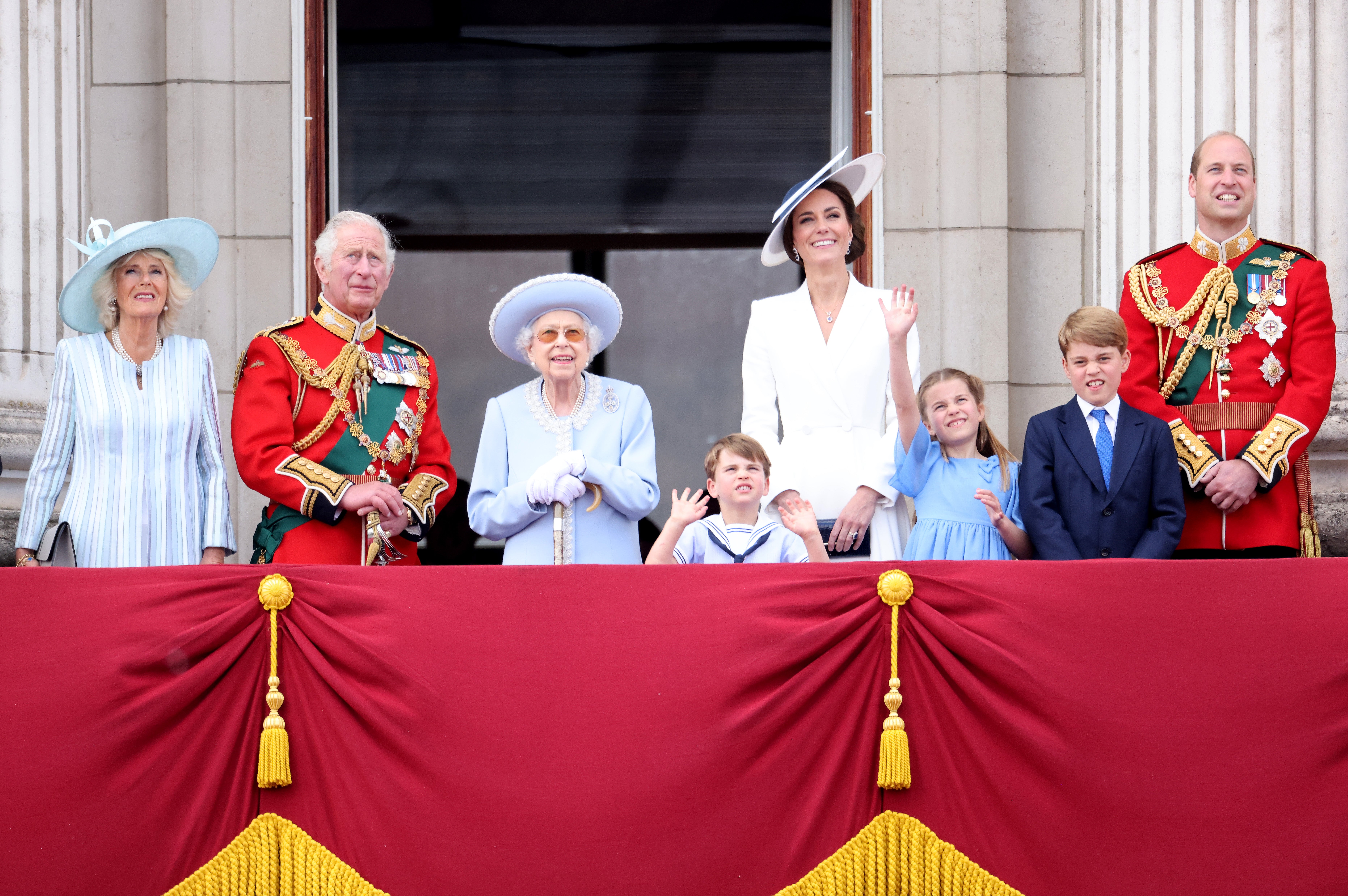
She rallied, however, to enjoy the four days of festivities organised to celebrate her platinum jubilee in June 2022, surprising everyone by appearing in a short film alongside a CGI Paddington Bear in which the pair took tea together at Buckingham Palace and Her Majesty finally revealed what had been concealed inside her trusty black handbag for all these years: an emergency marmalade sandwich. The skit recalled her earlier screen appearance alongside Daniel Craig’s James Bond, filmed for the opening ceremony of the London Olympic Games in 2012, and showcased her wry sense of humour to the fullest. The pageantry concluded with a lavish pop concert at the palace featuring a spectacular drone cloud display in the sky overhead and performances by Queen (appropriately), Andrea Bocelli, Alicia Keys, Elton John and Diana Ross, among many others.
Queen Elizabeth II was the last of the family group that her father had affectionately termed “Us Four”. On 8 May 1995, she had been joined by her mother and sister to lead the celebrations marking the 50th anniversary of VE Day from the balcony of Buckingham Palace, representing the war generation and standing on the same spot from which the family had assembled to cheer the defeat of Nazi Germany half a century before.
The deaths of the Queen Mother and Princess Margaret in 2002 left Her Majesty as the last surviving member of that quartet. Her quiet self-possession in the face of crisis, her dignity, patriotism, strong sense of duty and utter dedication to what she saw as her job, have earned her a place as one of the great monarchs of her line, worthy of comparison with her role model, her great-great-grandmother, Queen Victoria.
Join our commenting forum
Join thought-provoking conversations, follow other Independent readers and see their replies
Comments
Bookmark popover
Removed from bookmarks